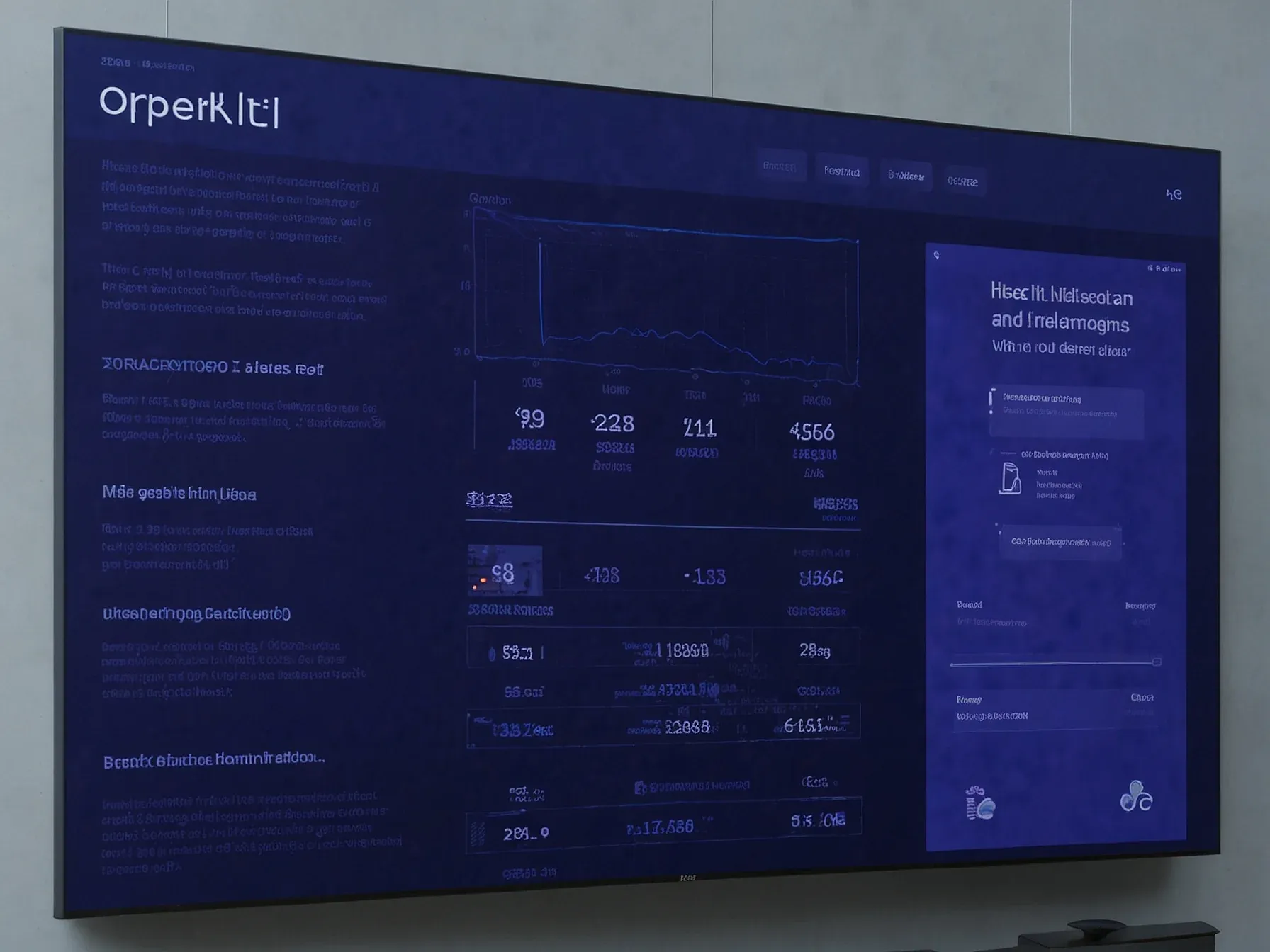
OpenAI predicts modest AI finds by 2026, breakthroughs by 2028 as costs fall
Why does this matter? Because OpenAI’s recent briefing hints that the pace of AI progress may soon outstrip the everyday tasks we hand over to machines. While the tech is impressive, the company’s own language suggests we’re still in a “routine work” phase where most users don’t feel the velocity of change.
The organization points to a steep decline in the cost of running models—what it calls a 40‑fold annual drop in the “price per intelligence unit.” If that trajectory holds, the gap between cheap, incremental assistance and truly novel, research‑level output could narrow faster than most expect. The partnership signals a timeline: modest discoveries on the horizon, followed by more pronounced breakthroughs a few years later. Here’s the thing: OpenAI is framing those milestones around cost dynamics, not just raw capability.
The quote below lays out exactly how the firm sees those dates and the economics driving them.
OpenAI anticipates modest AI-driven discoveries by 2026, with more significant breakthroughs expected by 2028. A major factor, according to OpenAI, is the rapid decrease in computing costs. The company reports a 40-fold annual drop in the "price per intelligence unit." If this trend continues, tasks that once required weeks of human effort could soon be automated.
"We expect to have systems that can do tasks that take a person days or weeks soon; we do not know how to think about systems that can do tasks that would take a person centuries." OpenAI OpenAI concedes its own models are still "spikey"--sometimes impressive, but not yet reliable--and face "serious weaknesses." At the same time, the company notes that current systems "outperform the smartest humans" in certain domains. The blog post appears as concerns mount about a possible AI investment bubble, with companies taking on significant debt to build out infrastructure in hopes that today's promises will eventually be realized. On safety, OpenAI calls for stronger public oversight, ongoing impact monitoring, and the development of a global "AI resilience ecosystem" modeled on cybersecurity to address the risks from more powerful models.
OpenAI’s blog reminds us that most people still picture AI as chatbots or smarter search, even while the underlying models are advancing at a pace most users don’t notice. The company points to recent math‑ and coding‑olympiad results as evidence that today’s systems can solve problems that once required hours of expert work. It then projects modest AI‑driven discoveries by 2026 and more substantial breakthroughs by 2028.
A key driver, OpenAI says, is a steep decline in computing costs—its own figures show a 40‑fold annual drop in the “price per intelligence unit.” If that trajectory holds, tasks that now seem out of reach could become routine. Yet the post offers no detail on which domains will benefit first, and it leaves open whether the cost curve will sustain its pace. The timeline, while specific, remains tentative; the company does not explain how it will measure “modest” versus “significant” breakthroughs.
As the cost argument unfolds, the broader impact on everyday work stays uncertain.
Further Reading
- OpenAI Sets 2028 Goal for Autonomous AI Researcher - TechBuzz
- OpenAI roadmap revealed: AI research interns by 2026, full-blown AGI researchers by 2028 - TechRadar
- Sam Altman says OpenAI will have a 'legitimate AI researcher' by 2028 - TechCrunch
- The road to artificial general intelligence report by MIT - AIMultiple
Common Questions Answered
What timeline does OpenAI give for modest AI‑driven discoveries and larger breakthroughs?
OpenAI forecasts modest AI‑driven discoveries by 2026 and expects more substantial breakthroughs to emerge around 2028. The company bases these projections on the accelerating pace of model improvements and falling compute costs.
How does OpenAI describe the change in "price per intelligence unit" and its impact on AI progress?
OpenAI reports a 40‑fold annual decline in the "price per intelligence unit," meaning each unit of computational intelligence is becoming dramatically cheaper each year. This steep cost reduction is expected to enable automation of tasks that currently take days or weeks of human effort.
What evidence does OpenAI cite to show current models can handle tasks previously requiring expert effort?
The briefing points to recent math‑ and coding‑olympiad results where today's models solved problems that once demanded hours of expert work. These achievements illustrate that even in the "routine work" phase, AI systems are already surpassing human speed on specialized tasks.
According to the article, how do most users still perceive AI despite advances in underlying models?
OpenAI notes that most people continue to picture AI primarily as chatbots or smarter search tools, even though the underlying models are advancing faster than users notice. This perception gap highlights the contrast between visible applications and behind‑the‑scenes capability growth.